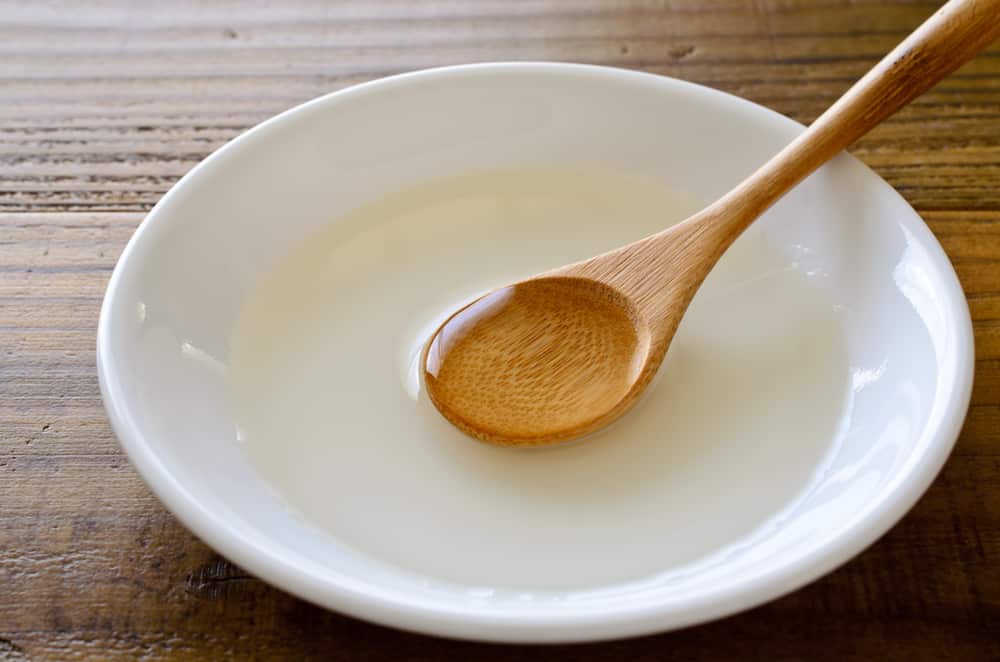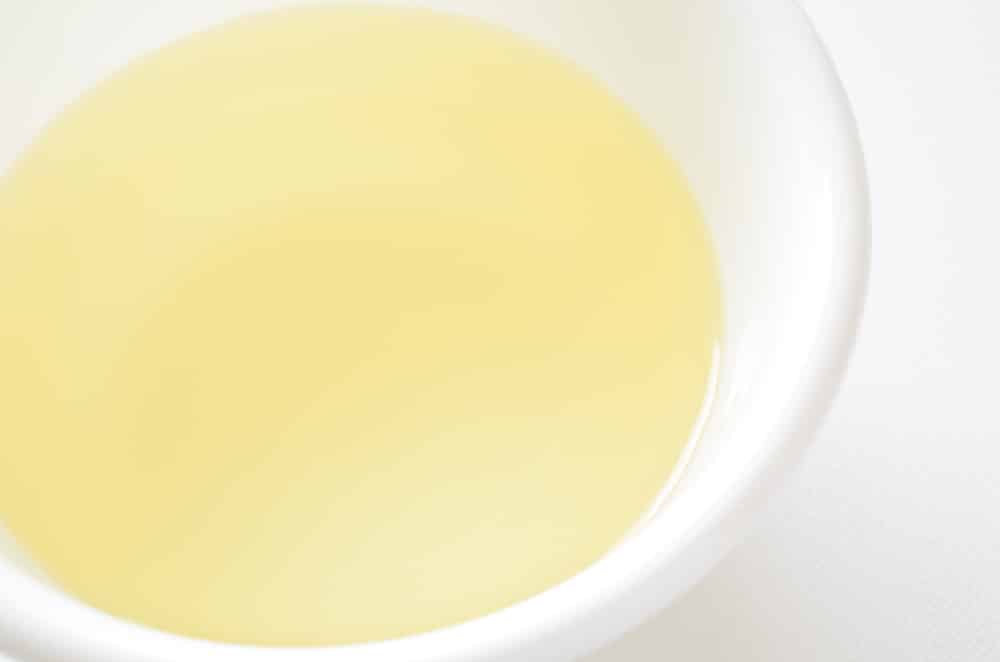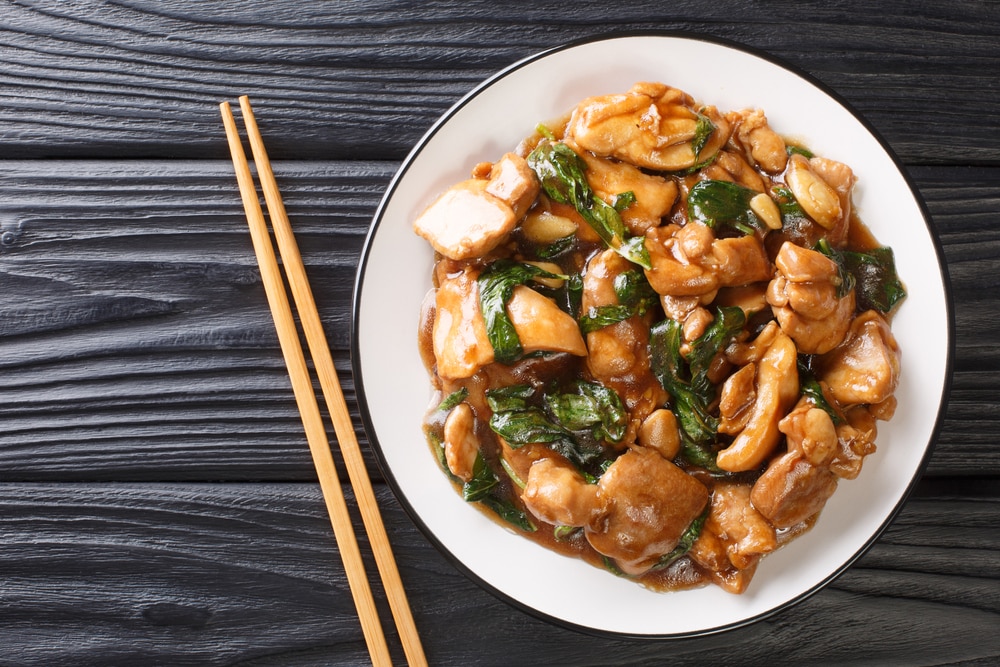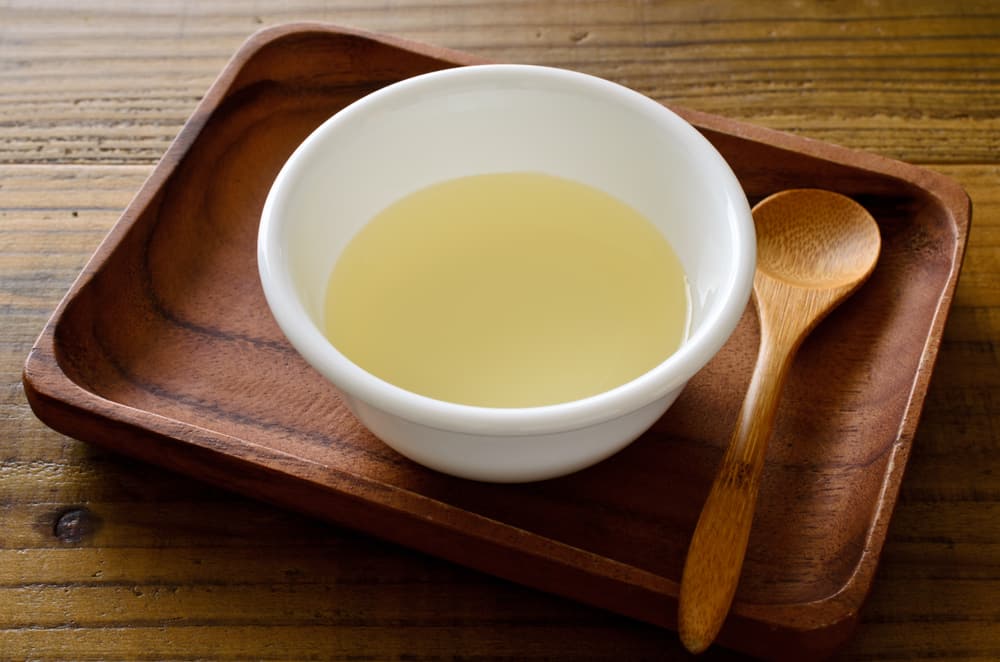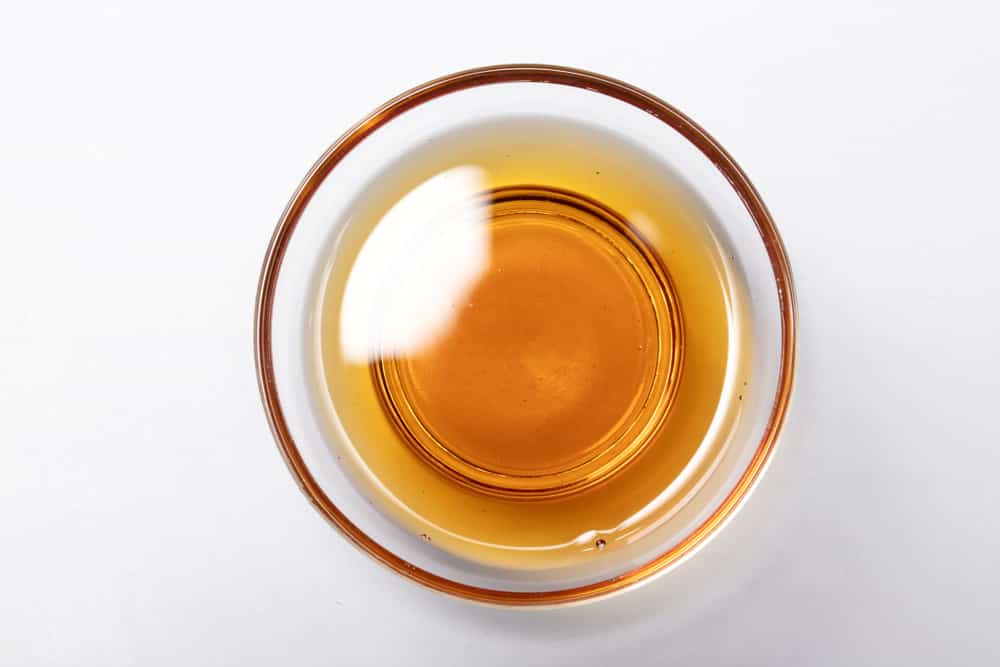
DISCLOSURE: This post may contain affiliate links, meaning when you click the links and make a purchase, I receive a commission. As an Amazon Associate I earn from qualifying purchases.
Wine is used traditionally in many food types across various cultures. Whether it’s to improve the taste, remove smells, or tenderize meat, wine is instrumental in so many meals.
Shaoxing and Mirin and two kinds of wines with different origins, unique flavors, and specific functions in cooking.
Shaoxing is a traditional Chinese cooking wine, whereas Mirin is a traditional Japanese cooking wine, and this is only where the differences begin.
The only significant similarity between these two favorites is that both are used for cooking.
In this article, we’ll be giving you a breakdown of Shaoxing wine vs. Mirin wine. We’ll be focusing on their primary properties, flavor highlights, and best uses in cooking.
Is Mirin Wine Better Than The Shaoxing Wine?
It’s tough to determine a verdict of which is the better wine.
Both Mirin and Shaoxing are widely used in cooking, but Shaoxing has a spicy flavor. It’s more commonly used in hot, spicy, and sour dishes where no sweetness is needed.
Contrary to Shaoxing, Mirin wine is sweet and has over nine carbohydrates. It is these carbs that lead to an intense level of sweetness.
Mirin is considered a highly refreshing wine because it creates homogeneity with the other elements of your dish.
Does Mirin Wine Have More Use Than Shaoxing?
Mirin wine is a staple in many communities, but this still doesn’t make it more widely used than Shaoxing.
Chinese indigenous products are typically available in most supermarkets and grocery stores around the world. Japanese food products don’t have the same availability to all.
You will find that Mirin ends up being used more than Shaoxing wine because of its sweetness.
There’s typically more seafood, noodles, fish, and vegetables prepared using notes of sweetness that Mirin is perfect for. Yet, Mirin and Shaoxing wine is equally useful for stewing, roasting, grilling, baking, and frying.
[amazon box=”B0046H020G”]
Can We Use Shaoxing And Mirin Wine As A Substitute Of Each Other?
Mirin and Shaoxing may be able to work as substitutes for each other in a narrow selection of recipes, but we don’t recommend using them interchangeably. The flavor is simply too different.
Miring is sweet, and Shaoxing is spicy. Instead, use grape wine or another cooking wine in place of Mirin or opt for any of the other alternatives we’ve got coming up. There are solutions for both available.
Can We Use Them Both As A Smell Remover?
[amazon box=”B08H2GTXX4″]
Anyone who knows their way around the kitchen knows all too well that a little leftover undesirable smell will make the whole meal useless.
Just think of fish that’s too fishy or meat that carries a butcher-shop aroma from the onset unless it’s well-done. That’s where Mirin and Shaoxing wine come in handy.
Both can be used to clean meat while adding a little amount to meat and fish-based dishes ensures that there’s no unwanted smell or odor left as well.
What Is The Difference Between Mirin vs Shaoxing In Meat?
Both wines have a flavor profile suited to cooking meat with undeniable functionality. However, they serve entirely different purposes when they meet with meat.
Mirin tenderizes the meat, making it succulent and soft. On the direct opposite end of the scale, Shaoxing wine contains a property that makes meat both firm up and soften.
Shaoxing Wine vs. Mirin Wine Comparison
| Mirin Wine | Shaoxing Wine | |
| Origin | Japan – Rice Wine | China – Rice Wine |
| Flavor | Smooth, Sweet, Vinegary | Complex Umami, Smooth, Spicy, Savory |
| Appearance | Light Amber Syrupy Consistency | Translucent Dark Amber Pourable Consistency |
| Uses | Various Meats, Fish, Vegetables, Tofu, Marinades, Sauces, Glazes, Removing Smells, Tenderizing Meat | Core Fundamental Component Of Most Chinese Food – Meats, Fish, Vegetables, Tofu, Marinades, Sauces, Glazes, Smell Removal, Softening Meat |
| Substitutions | Rice Wine And Brown Sugar, Chinese Yellow Wine | Dry Sherry, Cooking Sake |
Comparing Shaoxing Wine vs. Mirin Wine
When properly integrated into the right recipes, both Shaoxing and Mirin wine are indispensable to cooking Asian cuisine while being incredibly versatile in other meals as well.
Here’s a look at the exact characteristics of each.
Mirin Wine
The tangy taste sensation Mirin is actually the basis for everyone’s favorite spicy condiment, teriyaki sauce. This should give you an idea of what to expect, but here’s a complete breakdown of what makes Mirin wine unique.
- Origin
Mirin wine is a sweet Japanese rice wine with a tangy umami flavor. It’s comparable to sake but just with more sugar and less alcohol.
We suggest looking for Mirin labeled “mirin alone” instead ofo “aji-mirin,” which literally translates to “tastes like Mirin.” These varieties are conventionally blended with artificial sweeteners.
- Flavor
Mirin is sweet in a similar sense to sherry or sweet marsala wine but without the dryness or sharp intensity.
There’s also a pervading savory taste, but it’s the lingering sweetness that makes Mirin so great in sauces, broths, glazes, marinades, and all types of meals.
- Appearance
It’s almost impossible to misidentify Mirin based on the appearance of a bottle of wine. Each Mirin wine will be clearly labeled as such.
Expect a light amber wine with a thick consistency that’s slightly thinner than syrup.
- Uses
You’ll find that the strong taste of Mirin is far more versatile than first expected. It pairs with all types of meat, fish, vegetables, and tofu.
Stir-fries and marinades are a favorite use, and Mirin’s sugar fortifies glazes with flavor. The slight alcohol concentration is excellent for dulling prominent fishy or wild, gamey flavor.
You can also add a drop of Mirin wine to the rice and other grains like barley while they are cooking to give them a chewier texture than normal.
- Substitutions
The best substitute for Mirin is rice wine and brown sugar. Combine three cups of rice wine with one cup of sugar or adjust your quantity relative to a 3:1 ratio.
Alternatively, if you’re shopping for Mirin but can’t find any available, look for Chinese yellow wine instead and reduce the quantity of sugar.
Shaoxing Wine
This is the one integral ingredient to countless Chinese dishes that you have to have, giving you the authentic restaurant taste often found hard to replicate at home.
Let’s take a closer look at Shaoxing wine’s main characteristics.
- Origin
Shaoxing wine is a Chinese rice wine that’s considered to be one of the best if not the very best wine in Chinese cuisine.
- Flavor
With Shaoxing wine, you get a fusion of flavors that balances spicy and savory notes. The flavor is best described as spicy, vinegary alcohol with hints of sweetness reminiscent of the sharpness and lingering taste of caramel.
- Appearance
Aged Shaoxing wine is translucent, pourable, and dark amber. It’s a much thinner consistency than Mirin.
- Uses
Like a spicy, umami wine, Shaoxing has a one-of-a-kind taste. Many confuse this vital ingredient as many other things from soy sauce to oyster sauce and fish sauce when trying to figure out the flavor of Chinese food.
Yet, most authentic Chinese recipes rely on Shaoxing wine for the salty, savory taste you’re looking for.
- Substitutions
The best substitute for Shaoxing wine is either dry sherry or cooking sake. Please note, cooking sherry doesn’t work – it is far too sharply sweet.
Shaoxing Wine Vs. Mirin Wine – Which Is The Best?
Mirin and Shaoxing are very different from each other in terms of taste, origin, usage, consistency, and many other things.
When it comes to Shaoxing wine vs. Mirin, the better wine depends on your personal preferences, the dish you’re preparing, and what it demands. There’s no clear winner.
Both are outstanding cooking wines with unique flavor profiles.
